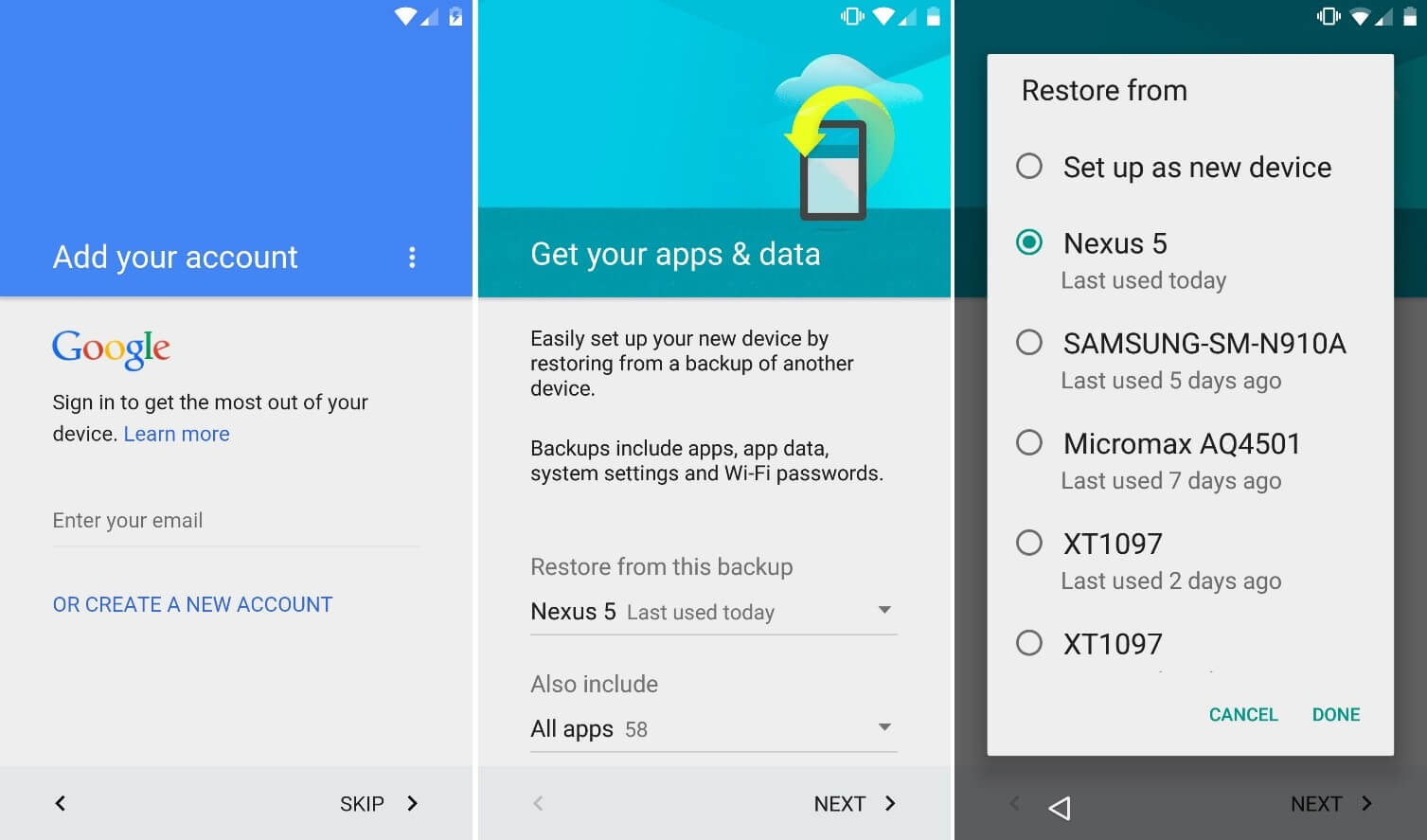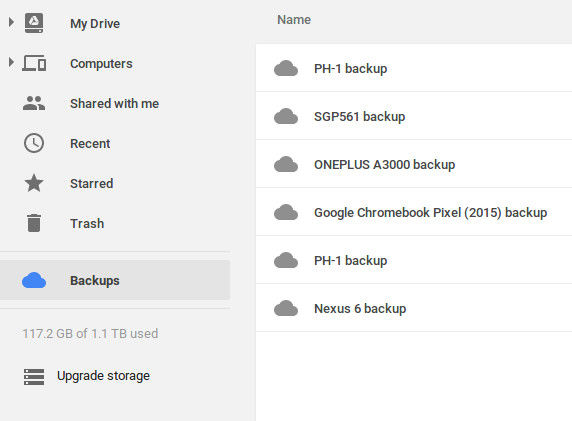

The new Google Photos offers unlimited cloud storage and a machine learning algorithm that powers natural language searches, making it simple for users to search their photo archive via keywords.
My google photos backup plus#
Google unchained Photos from its Google Plus social network back in May, in an attempt to drive usage of a backup service that had been hampered by association with the less popular Google Plus network.
My google photos backup android#
In the meantime, if you’ve deleted the Photos app and would like to turn off backup on your Android device, please go to Google Settings, select Google Photos backup and toggle the switch at the top to ‘off.’”

This is something we are committed to resolving. We are working to make the messaging clearer as well as provide users who uninstall the Photos app an easy way to also disable backup. Update: Google has now provided the following statement to TechCrunch: “Some users have uninstalled the Photos app on Android without realising backup as an Android service is still enabled.

(It’s not the first time Google has come under fire for opaque controls either.) We reached out to Google to ask why, in this instance, it doesn’t throw its users a bone by offering a prompt asking whether they wish to disable Google Photo’s cloud back-up feature if/when they uninstall the app, rather than requiring they realize that control settings for background syncing are located elsewhere. (On the flip side, a user-friendly IoT service layer that can streamline access and simplify controls for multiple connected bits and bobs has the chance to win big.) The hunt for definitive virtual controls in such murky waters, when the IoT item itself might not even have a screen, could well drive users to new depths of confusion. User control issues are likely to become more pressing as connected devices linked to innumerate cloud platforms proliferate. This sort of UX design asymmetry can be explained by the fact that the service maker’s incentive is pushing one way: to keep a user using. The same simplicity does not, however, always extend to opting out of a service or gaining access to fine-grained controls. The modern smartphone user is accustomed to apps and digital services being super simple to sign up to and use. The main problem here, from a user point of view, is the opacity of cloud infrastructure - meaning the average person should really be forgiven for thinking that deleting an app is the same thing as opting out of/switching off a service. Or, to put it another way, you might just be removing one sucker from the tentacle you’ve attached to your digital person, rather than dislodging the entire octopus. So deleting one installation of a cloud app might not be the same as nixing a whole service. Such services are typically structured to be device- and app-instance independent - given they are intended to work across devices and in the background. Or indeed, cloud syncing services and your data. Tl dr: don’t assume anything when it comes to Google and your data. Arnott, and could happen to anyone who assumes that services are tied to a particular front-end, is that he uninstalled the Photos app but never turned off the backup component,” it notes. Android Central notes that the Google Photos settings were “centralized” to the phone’s settings app when the app was migrated out of Google Plus. Google apparently told Arnott “the backup was as intended”, specifying that syncing must be switched off in the settings in Google Play Services. Android users wanting to do the latter have to know to access the Google settings page on their phone in order toggle the backup function off. Turns out deleting the Google Photos app from an Android device is not the same thing as specifically telling Google to switch off the Google Photos backup syncing feature. My phone must have been uploading pictures to Google Photos even though I didn’t even have Google Photos on my phone. They weren’t synced from my phone in that moment, because I always delete photos from my device once they’ve been uploaded. Instead of my pair of test photos, I saw hundreds of images. Google’s recently rebooted Photos app might be syncing your photos without you realizing it. David Arnott, an editor at the Nashville Business Journal, writes that he found it was doing just that after he installed the app to test it out and subsequently changed his mind about using it - deleting it from his Android phone and thinking that was the end of Google’s access to his photos.


 0 kommentar(er)
0 kommentar(er)
